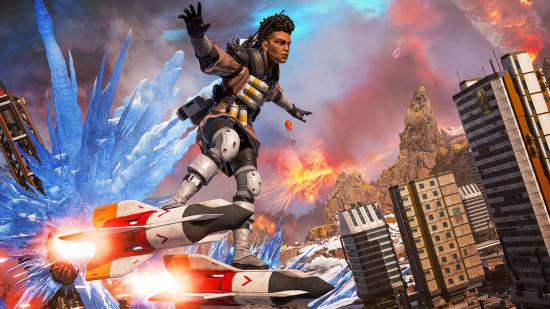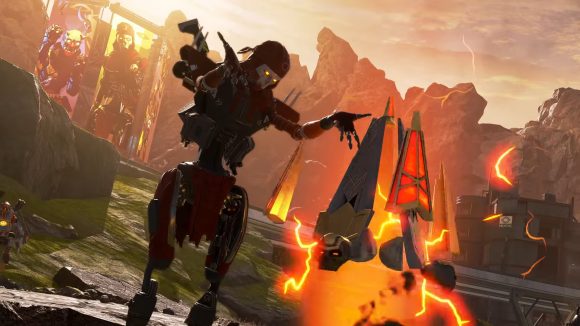Year 2 of the Apex Legends Global Series introduces a radically different format as the competition steadily emerges out of the online-only realm. With international LAN events on the cards, and an expanded pool of competitive players now that console gamers can compete alongside their PC counterparts, there was certainly a need for a format revamp.
The main point of change is the new two-tiered system, which creates a Pro League for the game’s very best teams, and a Challenger Circuit where amateur teams or young prospects can compete and vie for the chance to reach the Pro League or be picked up by a top team.
In an interview with The Loadout following the ALGS Year 2 announcement last week, John Nelson, commissioner of the competition, explains that having a two-tiered approach to competitive Apex, where there is clear separation between great teams and excellent teams, is an important step forward for the scene.
“Year one was a very open ecosystem,” Nelson says. “For the majority of tournaments, anyone who met basic eligibility requirements could register and compete. [As a result] you had a pretty wide range of skill levels competing – and it was great to give that opportunity to anyone who met those eligibility requirements – but I’m really looking forward to Year 2, where we give a little bit of separation to those communities.
“The best of the best players are in the Pro League and they’re competing to see who is the number one team in each region, and ultimately, the number one team globally. But then that community of amateur players of aspiring pros, or even just people who want to have a fun competitive experience, have a space for themselves to compete against each other and hopefully one day rise up into the Pro League ranks.”
With Nelson seeming happy with this new, more mature format for Apex esports, does he see it as future-proof and something that could be used well beyond Year 2?
“I think when you create something for esports there’s always the idea that you might have set things up forever, that this could be the thing that lives on,” he says. “There’s potential that there’s more than one year in this format, but the world is ever changing as we know, and Apex Legends esports is continuing to grow at an incredible rate. We might find ourselves at the end of Year 2 ready to take on a new competition format that better suits where we’ve [potentially] risen to. So, we’ll just have to wait and see.”
While Nelson concedes that no esports competition is perfect, he believes that this is the best way to push things forward in the current climate.
These structural changes will hopefully support and facilitate the growing competitive Apex community, while allowing its top players to live exclusively in a top division where high-quality gameplay is pretty much guaranteed every match.
To hear more about Year 2 of the Apex Legends Global Series, check out what Nelson had to say about his plans to host LANs in three different continents, and how he answered our ten quick questions about the Year 2 changes.

